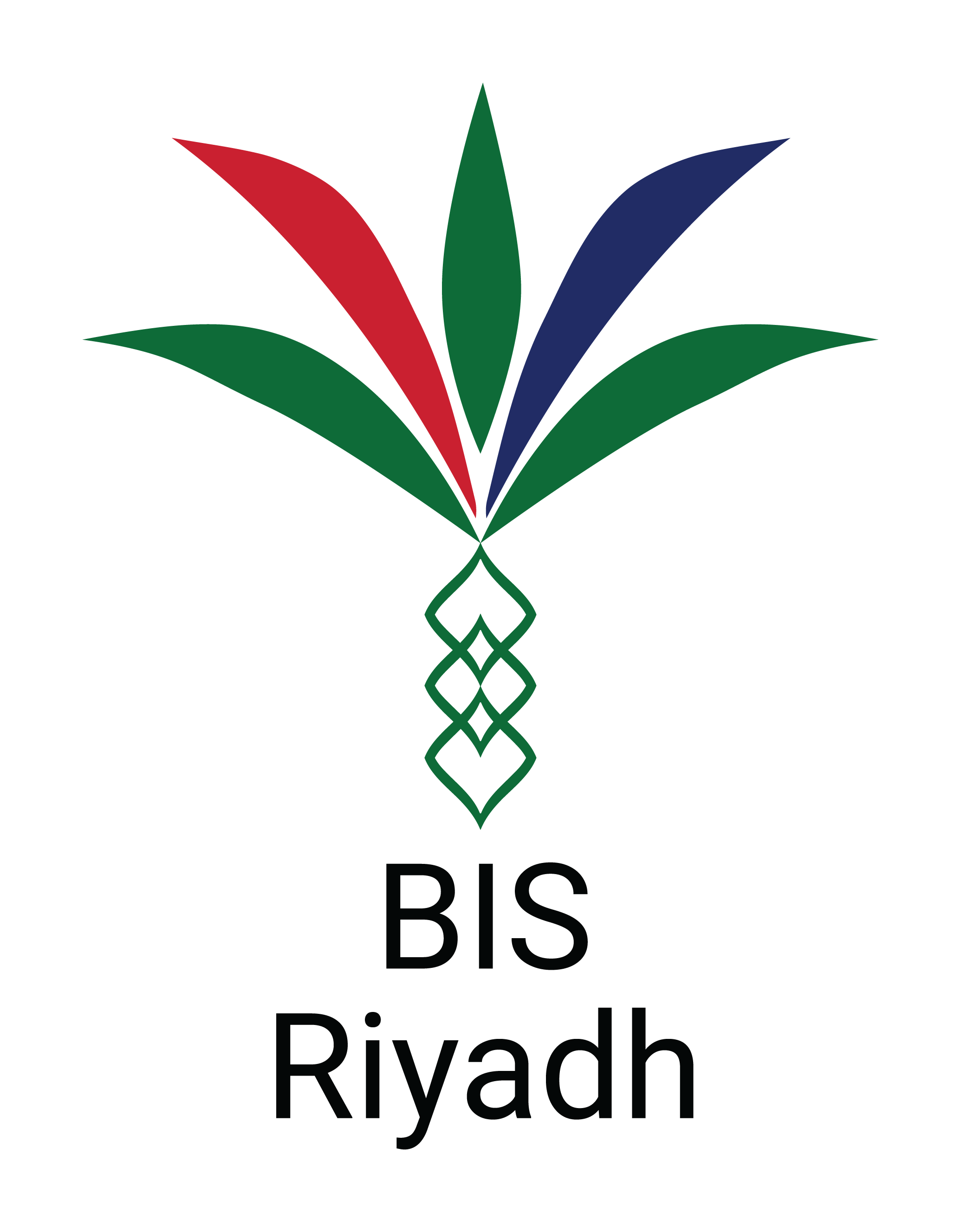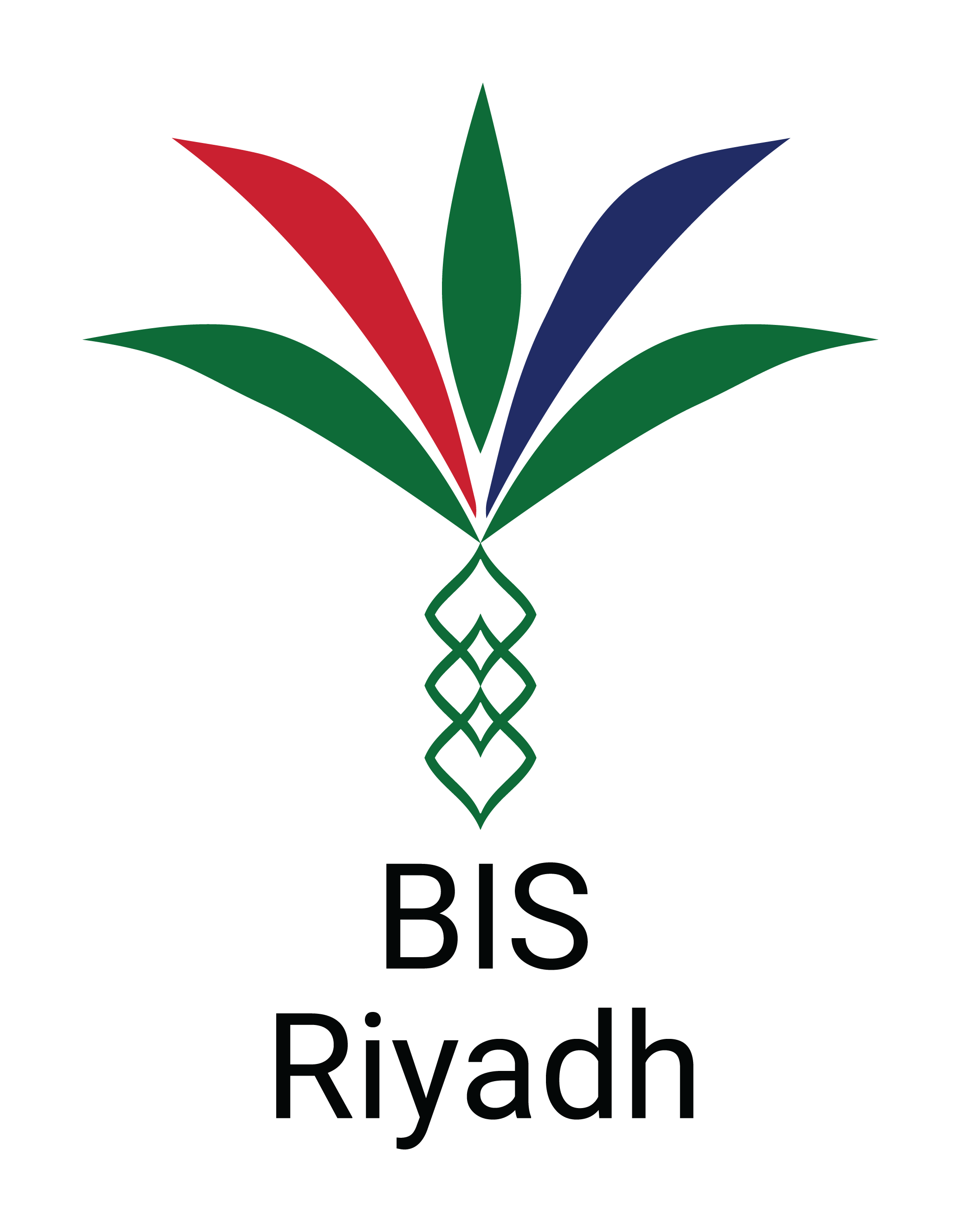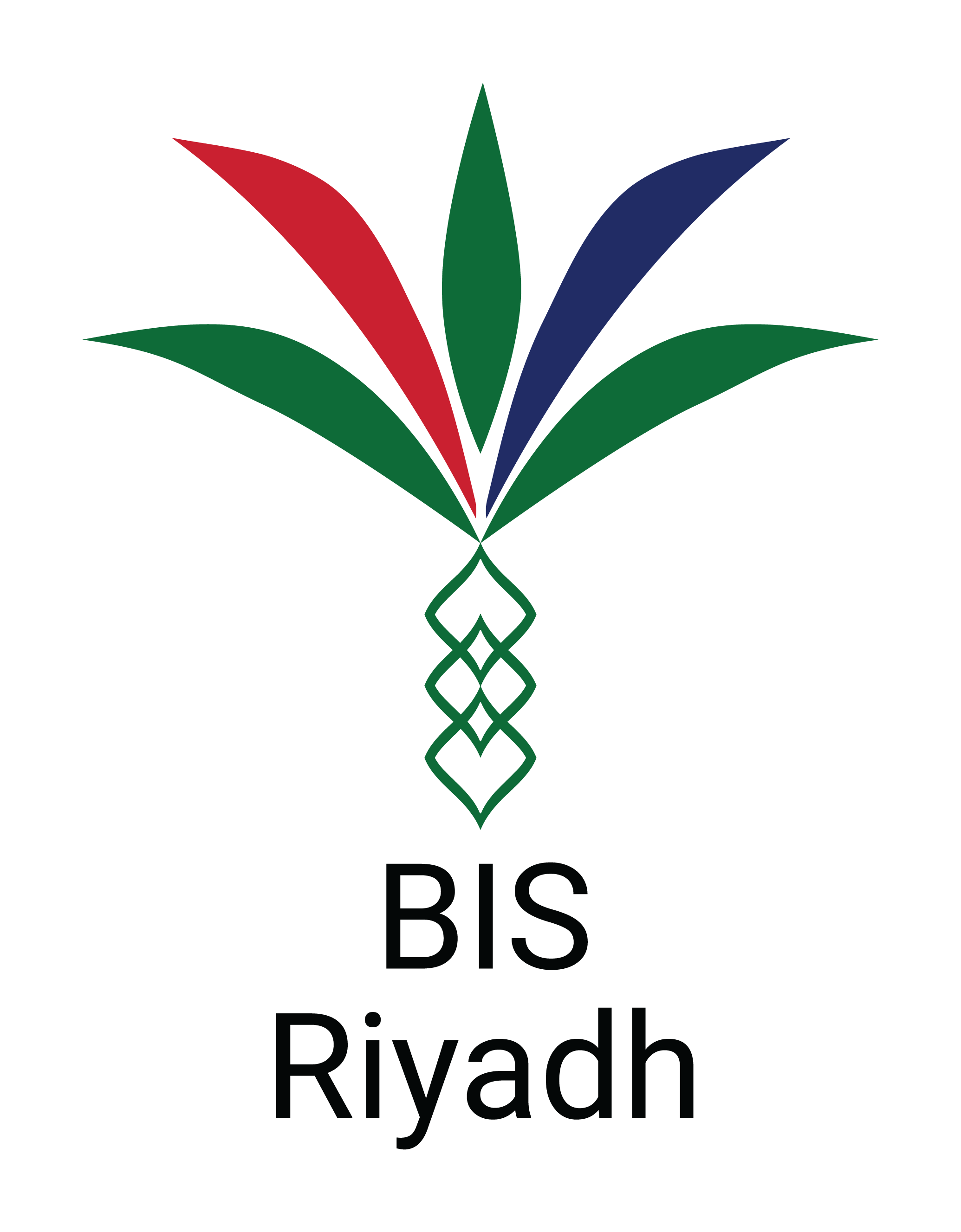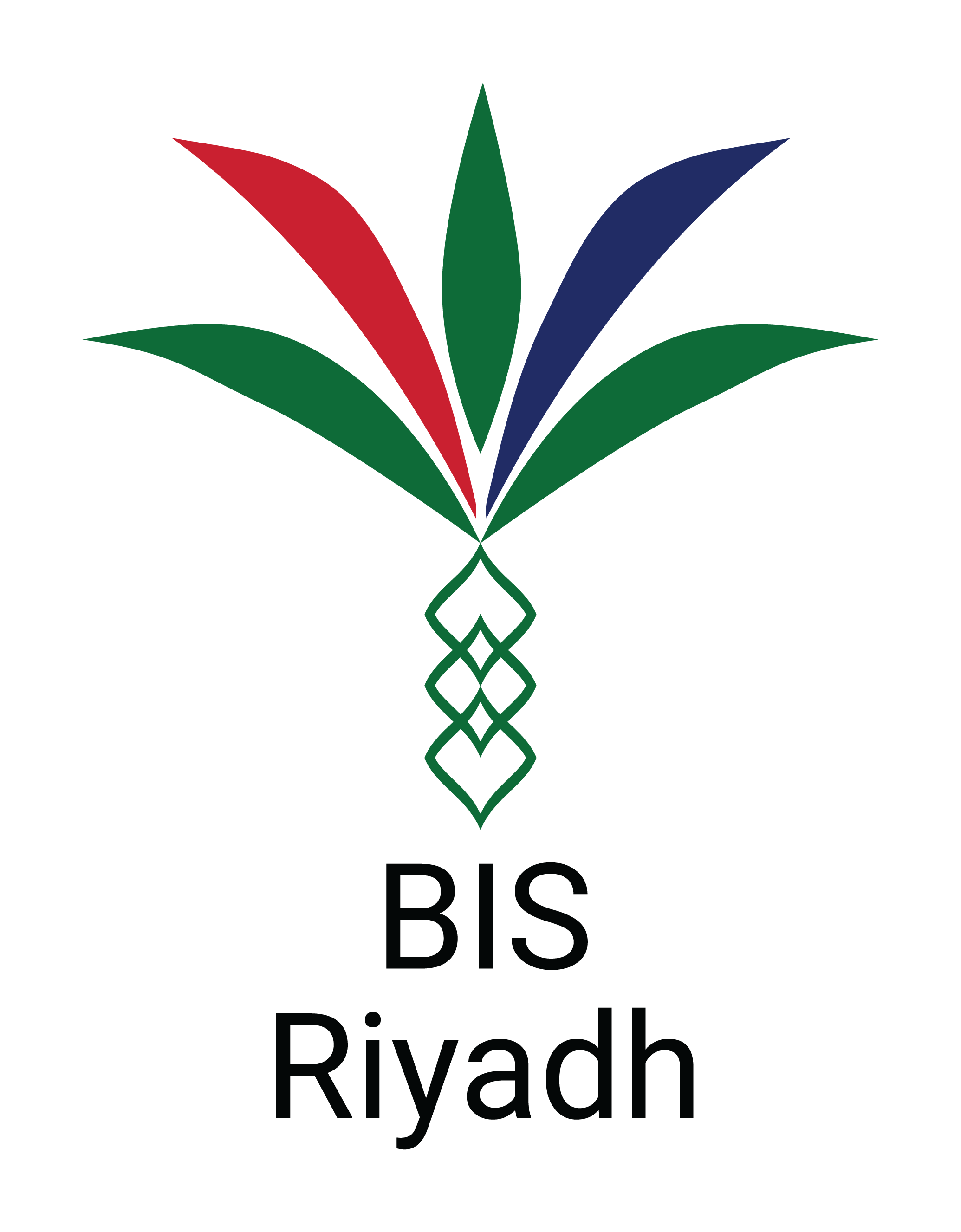Title Page
-
Site conducted
-
Conducted on
-
Prepared by
-
Location
Fire-fighting Equipment
-
Is the CO2/dry powder fire extinguisher serviceable and fully charged for immediate use?
-
Is the fire blanket available for immediate use?
-
Are the sand buckets dry and free from rubbish?
First-aid Equipment
-
Is the first-aid box fully equipped and easily accessible?
-
Is the eye wash bottle clean and the distilled water replaced?
Personal Protective Equipment
-
Are there sufficient safety spectacles/goggles available for immediate use?
-
Is the safety screen available for immediate use?
-
Is the safety goggles for laser protection (if any) available for immediate use?
-
Are laboratory gowns and protective gloves (e.g. disposable plastic gloves, chemical/heat resistant gloves and leather gloves for animal handling) available for immediate use?
-
Is the respirator available for immediate use?
Electrical Supply
-
Are plugs, sockets and switches securely screwed, without cracks and free from signs of overheating?
-
Are electrical fittings free from loose/exposed wires?
Gas Supply
-
Are burners maintained in good condition (e.g. the barrels are free from obstructions, the collars are not stuck, etc.) and the tubing free from any signs of deterioration?
-
Have all gas taps been closed by the end of the school day?
- Checked with maintenance supervisor
Water Supply/Drainage System
-
Water Supply/Drainage System
-
Are the catchpot recovery traps/sinks free from leakage?
Fume Cupboard
-
Is the fume cupboard functioning properly?
-
Is the working area inside the fume cupboard clean and clear for immediate use?
Floor
-
Is the floor kept in a safe condition (e.g. no loose floor tiles, no slippery areas, etc.)?
General Storage
-
Are all hazardous chemicals kept in a locked store/cupboard?
-
Do all hazardous chemicals carry suitable hazard warning labels?
-
Are incompatible chemicals (e.g. hydrochloric acid and methanal, strong oxidizing agents and strong reducing agents, etc.) separately stored from each other?
-
Are corrosive chemicals stored at a low level and protected from kicking?
-
Are reactive chemicals (e.g. phosphorus, alkali metals, etc.) covered with sufficient immersion fluids?
-
Is the spill control kit for dealing with chemical spills in good condition and readily accessible?
-
Are the safety information (e.g. MSDSs) for all the hazardous chemicals stored readily available?
-
Are all radioactive substances (if any) stored in a locked metal container?
-
Are heavy items stored at a low level?
-
Is the quantity of each chemical stored in the laboratory kept to a practical minimum and just sufficient for routine uses?
-
Is the laser (if any) kept under lock?
Storage of Chemical Wastes
-
Are chemical wastes properly separated and stored?
-
Are chemical wastes properly prepared for disposal?
-
Is there a storage for expired chemicals?
-
Are the storage pails and catcher trays free from signs of leakage?
Exits/Passages
-
Are all exits/passages free from obstructions?
-
Are all entrances to the laboratories locked by the end of the school day to avoid unauthorised entry?










